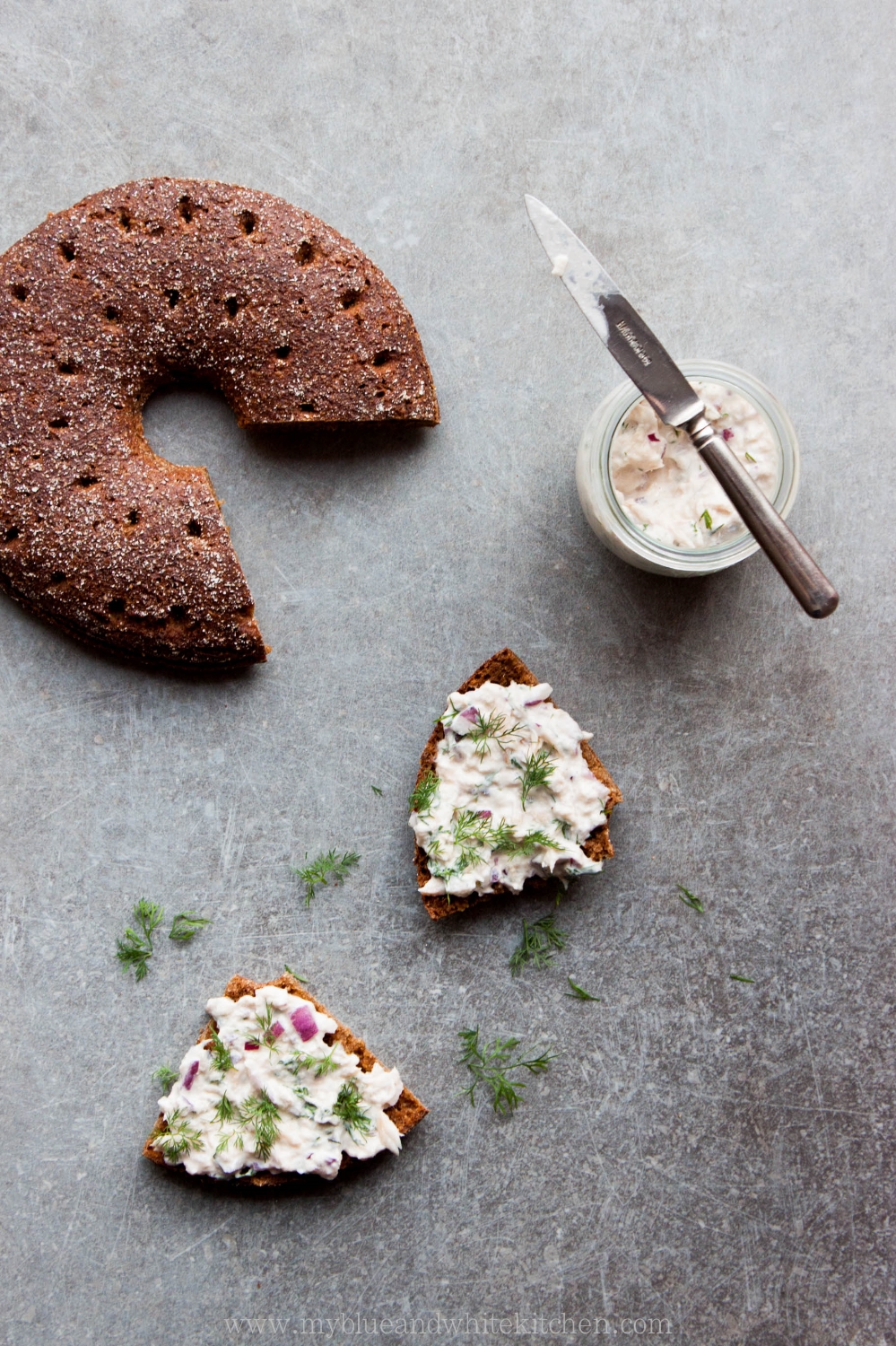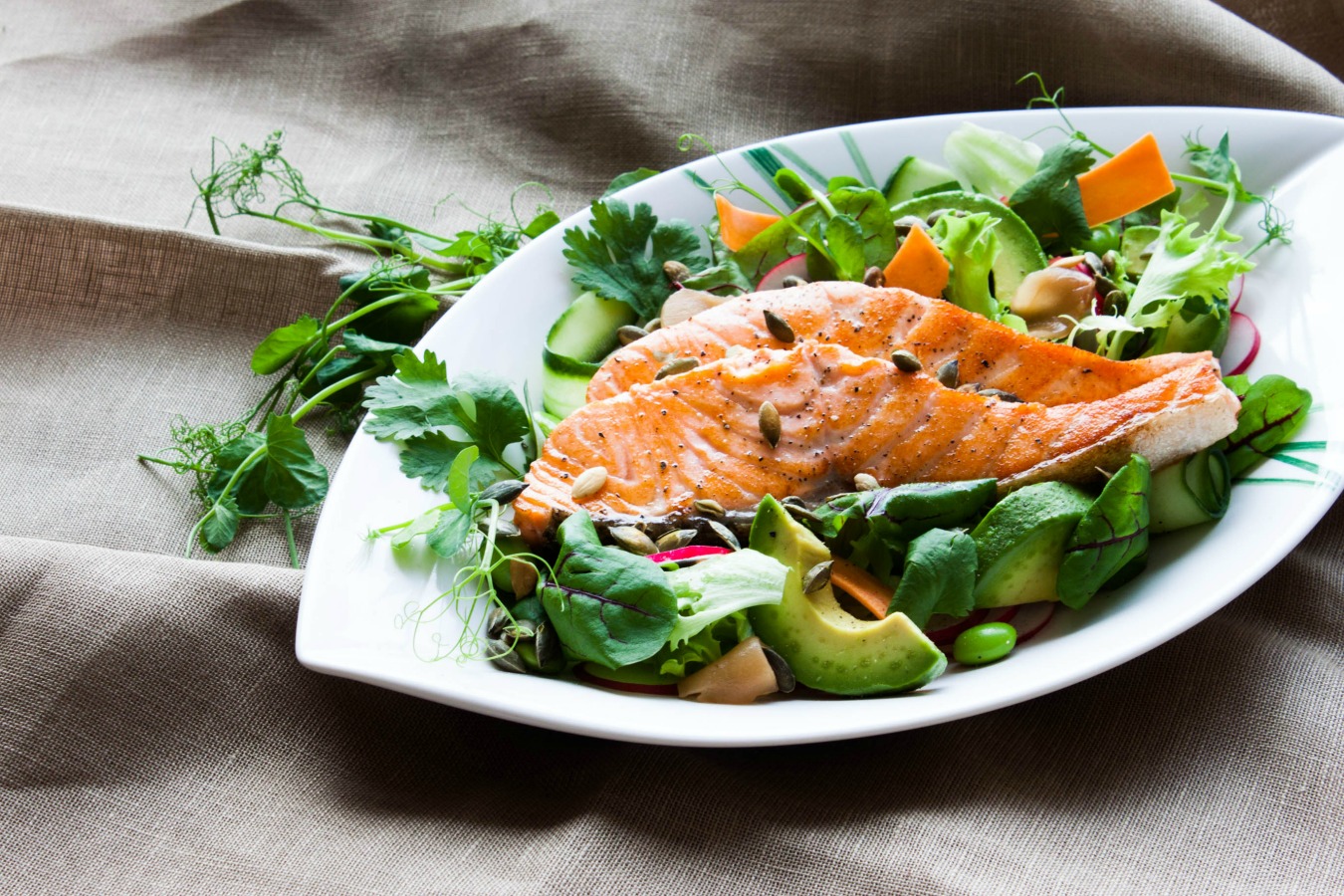One night a couple of months ago, I sat down and "wrote down" a (mental) list of things I would like to start doing, do more, or do again. I was searching for more happy moments, for ways to bring more light and joy into my life. I quickly realised that I would love to have a veggie garden this summer. I'm still working on it but hope to harvest things like radishes, peas, and herbs later this summer. I wanted to knit more both by myself and in company. Since then, I've spent many days knitting while drinking coffee and chatting with lovely people. I also knew that it was finally time to start taking riding lessons again. I spent a great deal of my childhood and adolescence at the stables but had since neglected this passion of mine. Last Monday, I finally sat in the sattle again! My muscles are still hurting (like seriously HURTING!) but I had so much fun. It felt good and familiar. I had found my happy place; well, one of them.
Daily hassles, work, and chores... It's so easy to start neglecting ourselves. What do you want? What brightens up your day? Stop for a while and listen to yourself; to your body and mind. Life can be so very short, so why wait?
Because this is a food blog, I also have a recipe for you. This smoked fish spread is one of those recipes that I originally didn't even plan to share with you. I just knew that it wouldn't be the most beautiful dish to look at and that it would be especially hard to do its deliciousness justice in a pic. But as I had my first sporkful of this spread, I just knew that if I wanted to do justice to you, my readers, I would need to share it on the blog. So I did my best to make it look like a thing that you would like to make.
This smoked fish spread is wonderful served on hearty, Nordic style rye bread or with boiled new potatoes. You could also use it as sandwich stuffing! It's really quick and easy to make; the only step that needs a bit of accuracy and time is boning the fish. The spread can be prepared in advance and stored in the fridge until ready to use. Are you celebrating Midsummer next week? Well, I'm definitely going to serve this next Friday and am sure that it will be a total crowd-pleaser.


Smoked Fish Spread
makes about 4 dl / 1 ⅔ cups
You can use any smoked fish. I recommend a nice mix of 2 or 3 types of fish – I used smoked rainbow trout and Atlantic mackerel. The spread can be made ahead and stored in the fridge until ready to use. Serve with hearty rye bread or boiled new potatoes.
300 g smoked fish, skin and bones removed
200 g sour cream
½ red onion, finely chopped
a small bunch of dill, finely chopped
juice of about ¼ lemon
pinch of fine sea salt
freshly ground black pepper
more dill, for garnish
Put the smoked fish into a food processor and pulse briefly - we want to have the fish slightly puréed. In a small bowl, mix together sour cream and onion. Add smoked fish and dill. Season with lemon juice, salt, and pepper. Mix until well combined.
Place in the fridge until ready to use.




























































